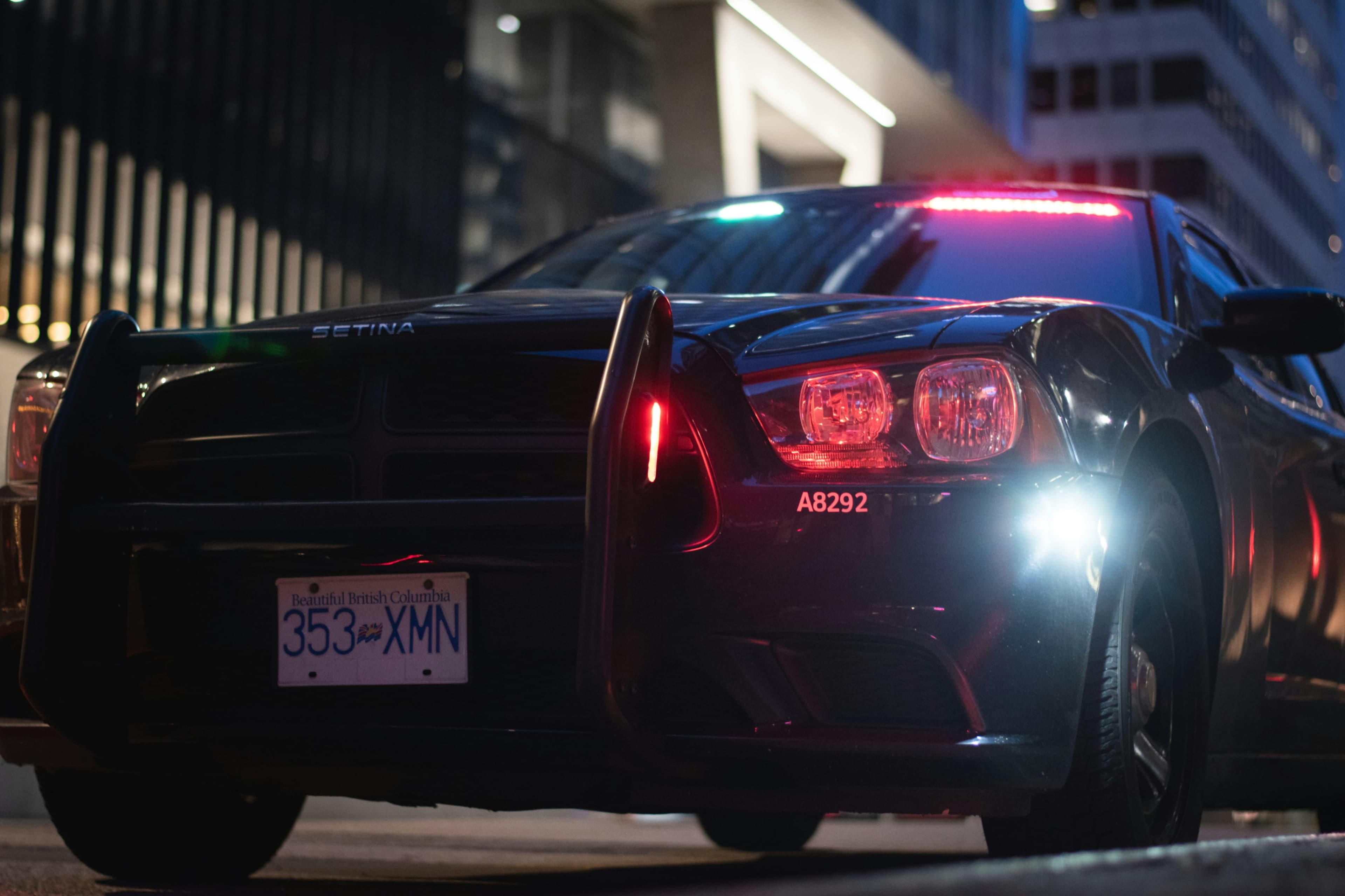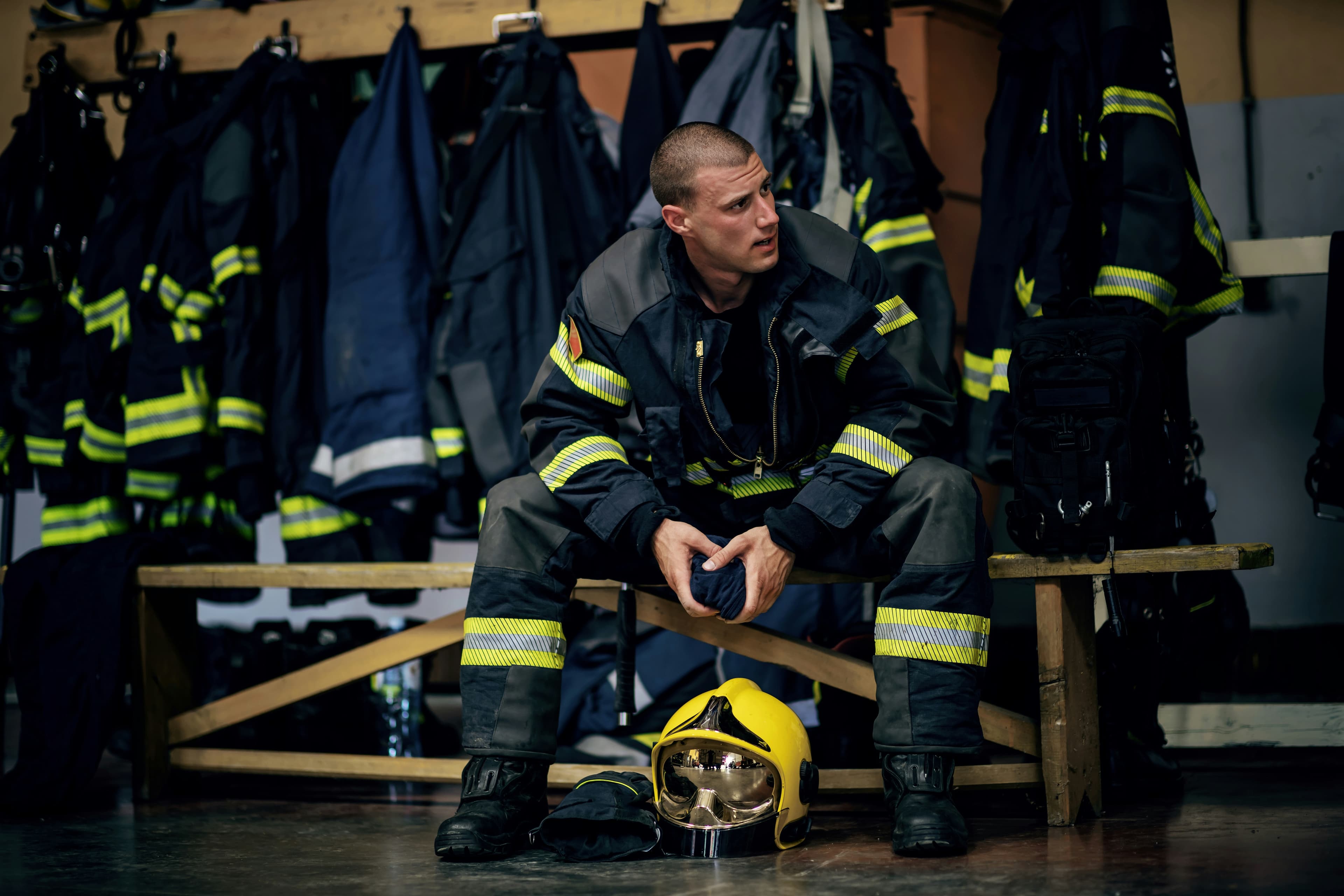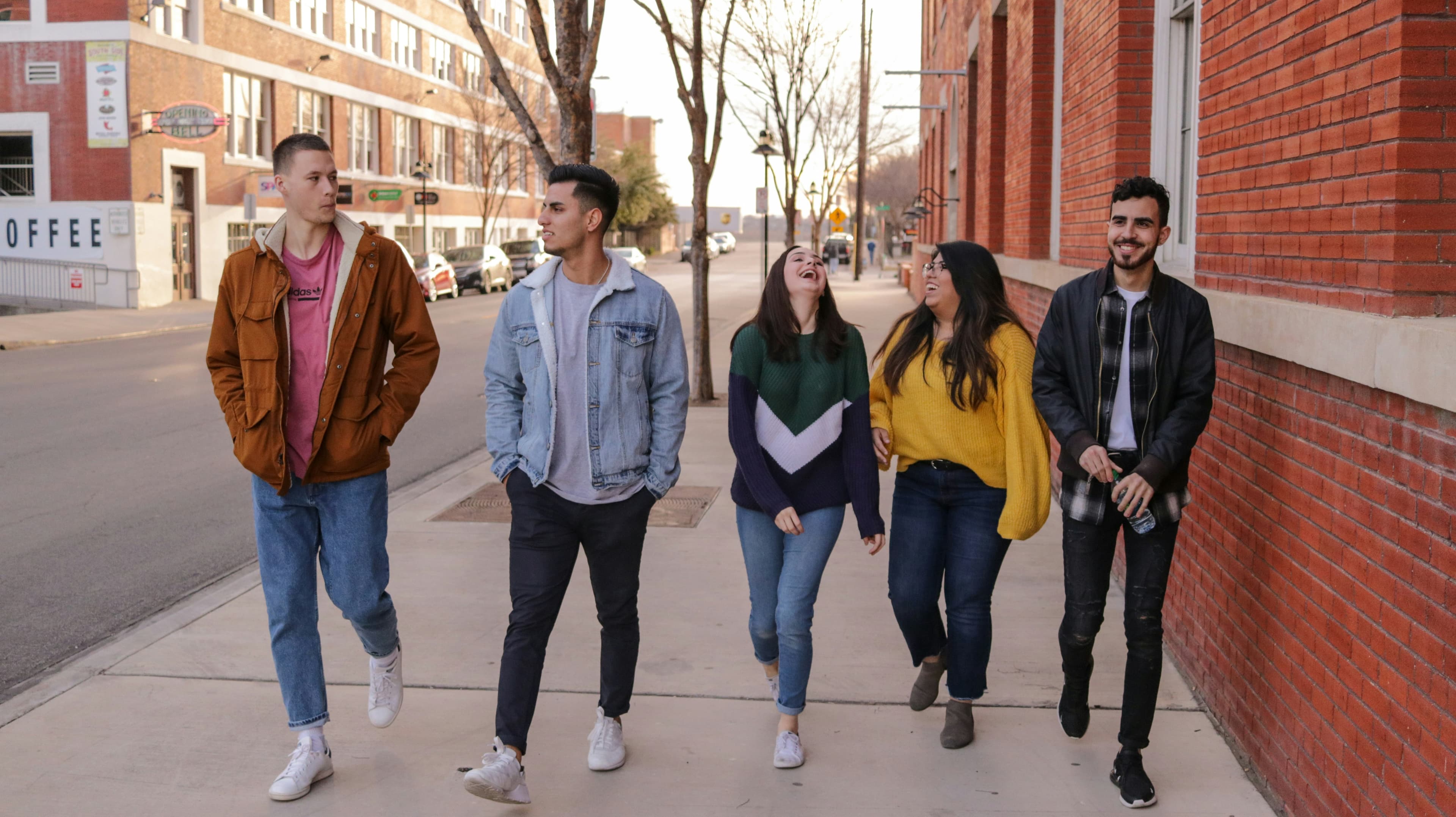
Life Inside the Patrol Cruiser: Duty, Decisions, and Accountability
The moment I slide into the driver's seat of my patrol cruiser, I snap into a different mindset. The hum of the engine beneath me feels like a heartbeat, steady, ready, reliable. My fingers wrap around the steering wheel, and I scan the dashboard, checking lights, gauges, and the onboard computer system. This car is more than a vehicle. It's a workstation, a shield, a means to respond to someone's worst day. Every time I turn the key, I know that I'm stepping into a position of trust, and that every mile I drive carries the weight of accountability.
Routine patrols can feel deceptively ordinary. I might cruise through residential neighborhoods, watching for anything that seems out of place. Kids playing on sidewalks, someone walking their dog, a parked car with foggy windows, these are the small details we’re trained to notice. But even during these quiet hours, my training reminds me to stay alert. According to a 2020 study, officers frequently encounter unpredictable driving behavior from others simply due to the presence of a marked patrol car, which increases the pressure to adhere strictly to department policy and traffic law, even when no emergency is unfolding1.
The tranquility can break in an instant. When the radio crackles to life with an urgent tone, “Units respond, shots fired, possible active shooter”, my heart rate spikes. The adrenaline is immediate. I hit the lights and sirens, and the world shifts. Civilians expect you to appear calm, in control, and yet your brain is racing. Every second counts, but every second also carries the risk of a mistake. I remind myself of the driving principles drilled into me during emergency vehicle operations training: maintain control, anticipate, communicate. Research shows that more than 30% of police officer deaths in the line of duty are traffic-related, often during high-speed responses2. That fact is always at the back of my mind.
As I barrel down Broadway, weaving through the early evening traffic, I’m constantly scanning pedestrians, cross traffic, brake lights, each one a potential hazard. At intersections, even with sirens blaring, I slow down. I make eye contact with other drivers whenever possible, confirming they see me before proceeding. The law allows us to proceed through red lights or exceed speed limits in emergencies, but only under one condition: due regard for the safety of others3. That phrase, due regard, is
Read-Only
$3.99/month
- ✓ Unlimited article access
- ✓ Profile setup & commenting
- ✓ Newsletter
Essential
$6.99/month
- ✓ All Read-Only features
- ✓ Connect with subscribers
- ✓ Private messaging
- ✓ Access to CityGov AI
- ✓ 5 submissions, 2 publications
Premium
$9.99/month
- ✓ All Essential features
- 3 publications
- ✓ Library function access
- ✓ Spotlight feature
- ✓ Expert verification
- ✓ Early access to new features
More from Public Safety
Explore related articles on similar topics





